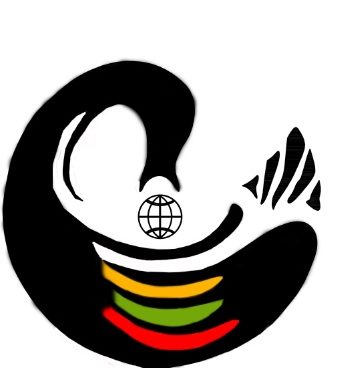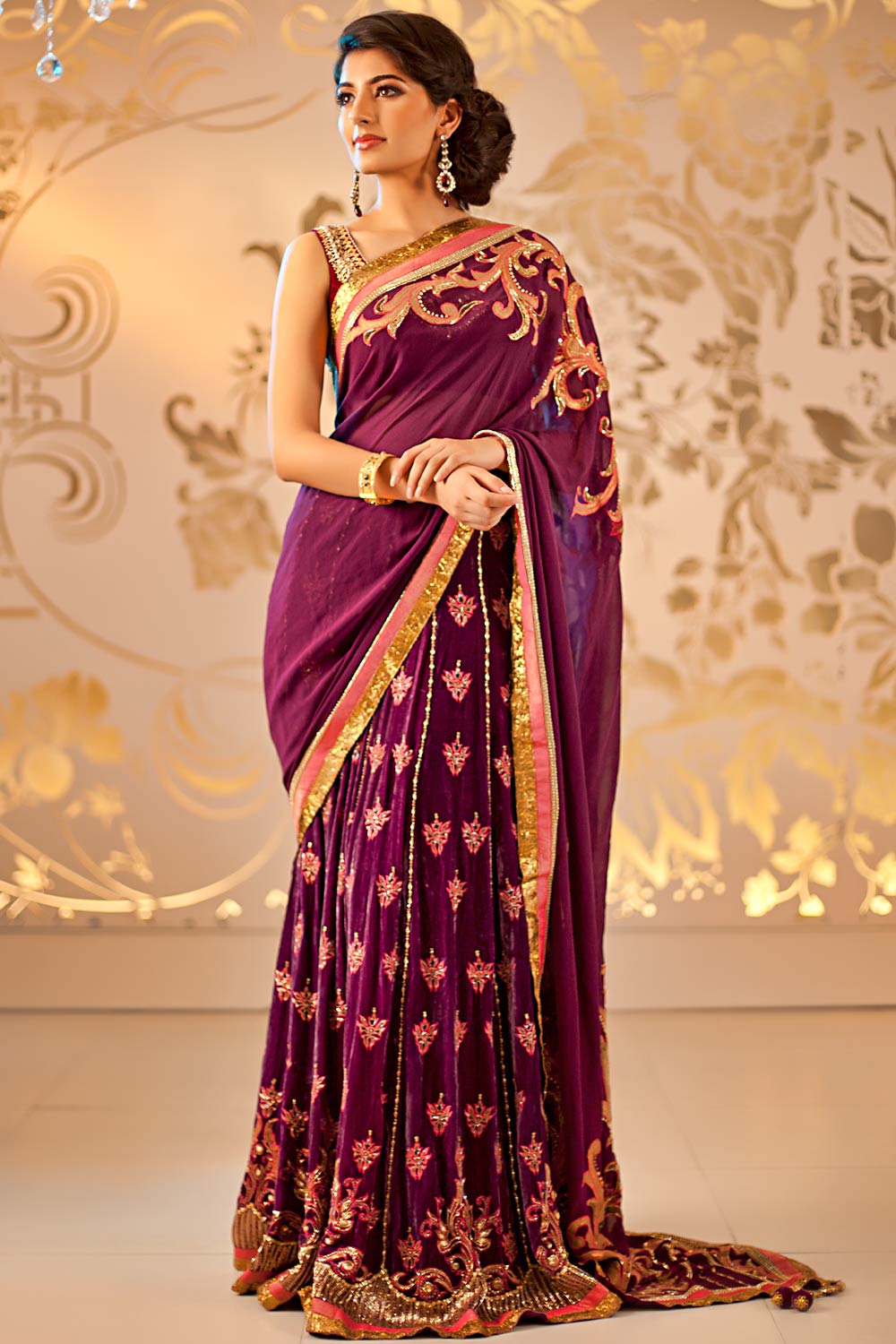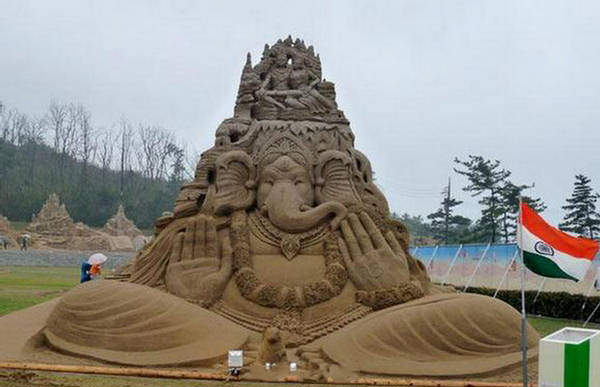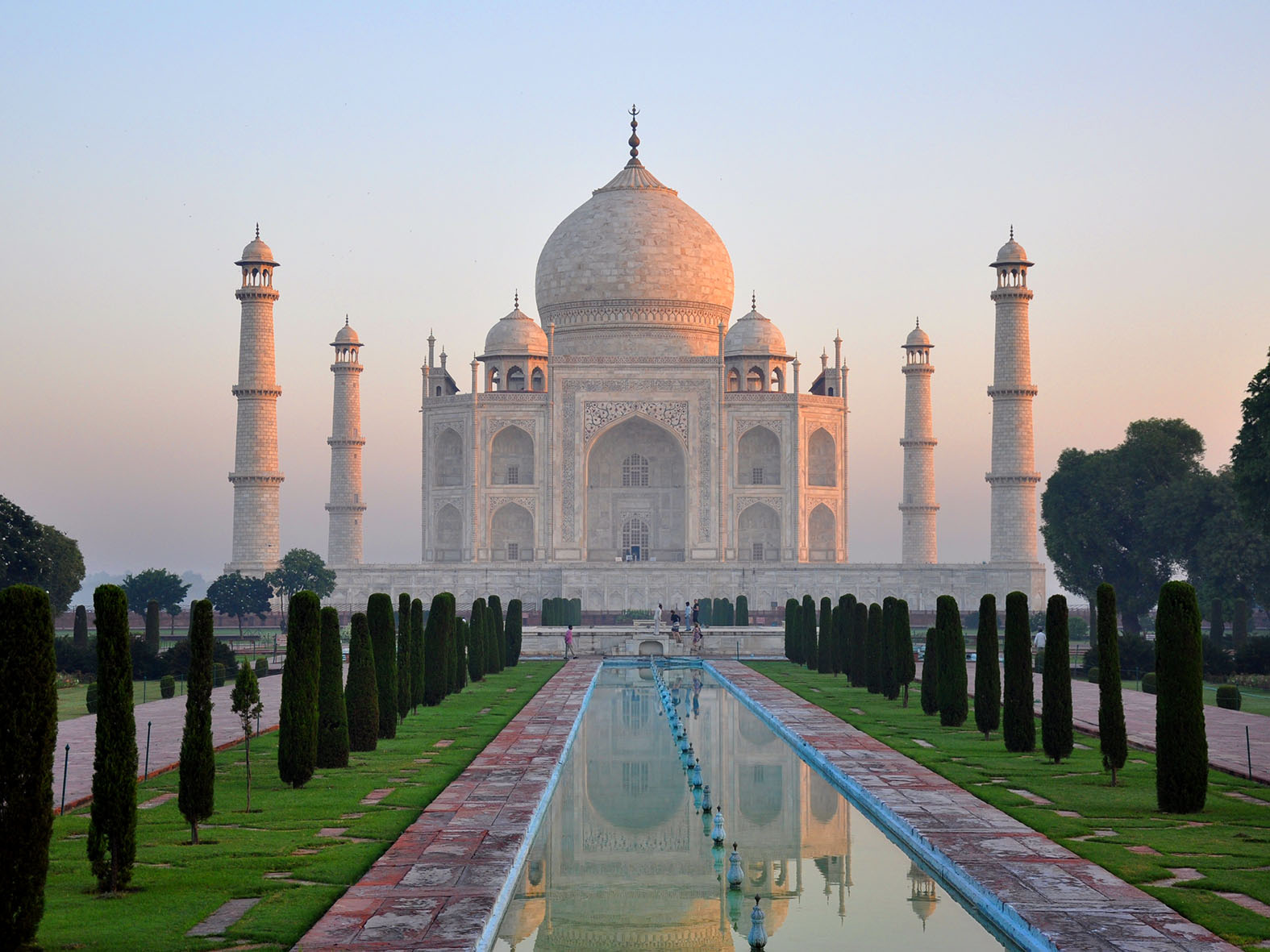India occupies the greater part of South Asia. Its capital is New Delhi, built in the 20th century just south of the historic hub of Old Delhi to serve as India’s administrative centre. Its government is a constitutional republic that represents a highly diverse population consisting of thousands of ethnic groups and likely hundreds of languages. With roughly one-sixth of the world’s total population, India is the second most populous country, after China. India remains one of the most ethnically diverse countries in the world. Apart from its many religions and sects, India is home to innumerable castes and tribes, as well as to more than a dozen major and hundreds of minor linguistic groups from several language families unrelated to one another. Religious minorities, including Muslims, Christians, Sikhs, Buddhists, and Jains, still account for a significant proportion of the population; collectively, their numbers exceed the populations of all countries except China. India is a diverse multiethnic country that is home to thousands of small ethnic and tribal groups. That complexity developed from a lengthy and involved process of migration and intermarriage. The great urban culture of the Indus civilization, a society of the Indus River valley that is thought to have been Dravidian-speaking, thrived from roughly 2500 to 1700 BCE. Among the documented invasions that added significantly to the Indian ethnic mix are those of Persians, Scythians, Arabs, Mongols, Turks, and Afghans. The last and politically most successful of the great invasions—namely, that from Europe—vastly altered Indian culture but had relatively little impact on India’s ethnic composition. There are probably hundreds of major and minor languages and many hundreds of recognized dialects in India, whose languages belong to four different language families: Indo-Iranian (a subfamily of the Indo-European language family), Dravidian, Austroasiatic, and Tibeto-Burman (a subfamily of Sino-Tibetan). Because religion forms a crucial aspect of identity for most Indians, much of India’s history can be understood through the interplay among its diverse religious groups. One of the many religions born in India is Hinduism, a collection of diverse doctrines, sects, and ways of life followed by the great majority of the population. Other important religious minorities in India include Christians, most heavily concentrated in the northeast, Mumbai (Bombay), and the far south; Sikhs, mostly in Punjab and some adjacent areas; Buddhists, especially in Maharashtra, Sikkim, Arunachal Pradesh, and Jammu and Kashmir; and Jains, most prominent in Maharashtra, Gujarat, and Rajasthan. Roman Catholics form the largest single Christian group, especially on the western coast and in southern India. The many divisions among Protestants have been substantially reduced since independence as a result of mergers creating the Church of North India and the Church of South India. Despite the fact that Indians eat little meat, livestock raising plays an important role in the agricultural economy. India has by far the largest bovine population of any country in the world. Cattle and buffalo are used mainly as draft animals but also serve many other purposes—to provide milk, as sources of meat, and leather. The principal areas for commercial forestry, in order of importance, are the Western Ghats, the western Himalayas, and the hill regions of central India. Although there is considerable regional variation in Indian cuisine, the day-to-day diet of most Indians lacks variety. Depending on income, two or three meals generally are consumed. The bulk of almost all meals is whatever the regional staple might be: rice throughout most of the east and south, flat wheat bread (chapati) in the north and northwest, and bread made from pearl millet (bajra) in Maharashtra. Indians are passionate about cricket, which probably appeared on the subcontinent in the early 18th century. The country competed in its first official test in 1932 and in 1983—led by captain Kapil Dev, one of the most successful cricketers in history—won the Cricket World Cup. The Indian team repeated as World Cup champions in 2011, captained by Mahendra Singh Dhoni.
Things to Do:
Visit Taj Mahal
Visit Hawa Mahal- Palace of Wind
LuLu Mall






